Okay, let’s dive into the incredible world of animal sanctuaries and talk about just how important they are for protecting our planet’s amazing biodiversity!
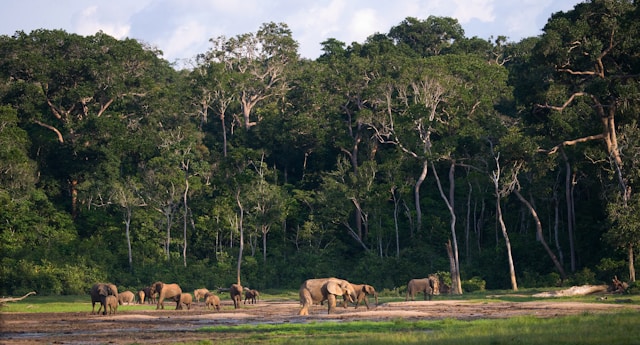
Sanctuaries as Biodiversity Hotspots
So, have you ever actually visited an animal sanctuary? Maybe you’ve seen rescued farm animals finally getting some peace, or perhaps primates saved from the pet trade happily swinging through cool, enriched enclosures. While giving these animals a safe place is definitely key, animal sanctuaries are evolving into something, well, much bigger. Believe it or not, they’re becoming super important players in the global fight to preserve biodiversity. Think of them as lively hubs for conservation, research, and education, especially now when things are so challenging for the planet. Forget any old-fashioned ideas you might have; these places are really on the front lines, helping shape a brighter future for tons of species and the ecosystems they call home.
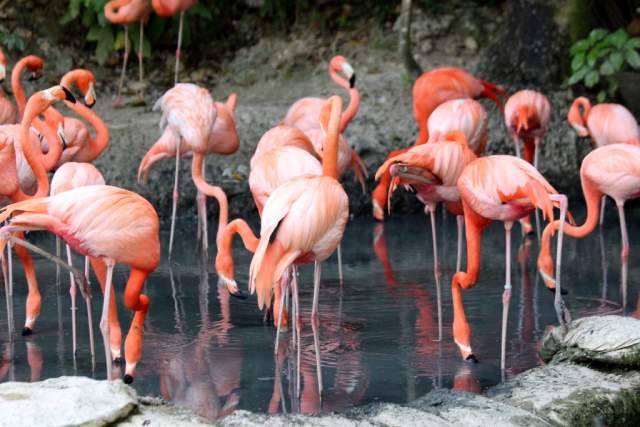
Saving Endangered Species
At its heart, the role of wildlife sanctuaries in conserving endangered species is pretty undeniable, right? So many species are really struggling, teetering on the brink because of stuff like habitat loss, climate change, poaching, and conflicts with humans. That’s where sanctuaries step in – they’re critical safe havens.
Just think about it: they offer protected spaces where animals are safe from the immediate dangers they’d face out in the wild. And it’s not just about locking animals up; it’s really about giving them a fighting chance. For some species, sanctuaries even get involved in vital captive breeding programs. These act like genetic backups, you know? They could one day help boost wild populations. These species recovery programs are managed super carefully, often involving teamwork across the globe, making sure there’s genetic diversity and that future generations are healthy. It’s basically intensive endangered wildlife protection in action. Pretty amazing stuff.
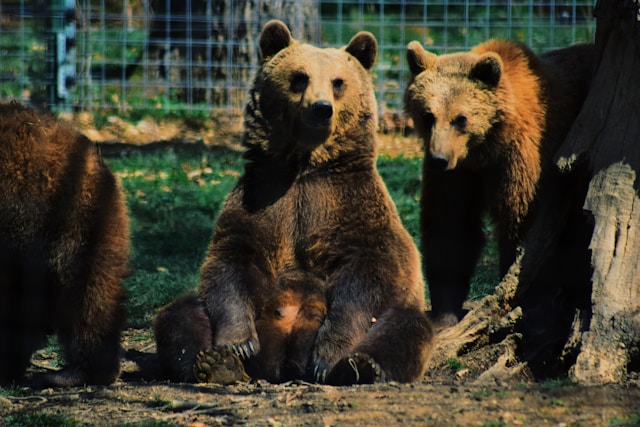
How Sanctuaries Give Ecosystems a Boost
So, how do animal sanctuaries contribute to ecosystem conservation beyond just protecting individual animals? Well, their impact often stretches way further than their fences.
- Habitat Fix-Ups: Lots of sanctuaries actively work on habitat restoration right on their own land, and sometimes even in nearby areas. They’re planting native species, clearing out invasive ones, and getting water sources back in shape. This makes the local environment healthier, which is great not just for the sanctuary animals but for local wildlife too. It all helps with the overall ecological balance.
- Helping Nature Help Us: By protecting really important species (like keystone species) or fixing up habitats, sanctuaries indirectly support crucial ecosystem services. We’re talking pollination, seeds getting spread around, cleaner water – stuff that’s essential for us humans too!
- Easing the Pressure: By giving a safe home to animals that might otherwise clash with people (like rescued predators, for example), sanctuaries can actually lessen the pressure on wild populations and local communities.
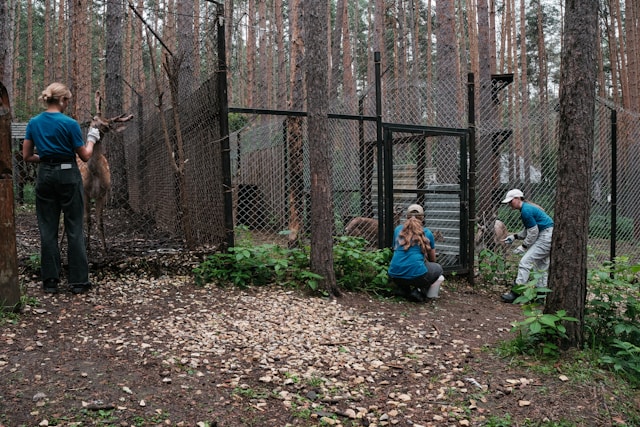
See? The impact of animal sanctuaries on biodiversity preservation works in a bunch of different ways, sending out positive ripples through the local environment. It’s pretty cool how it all connects, right?
Success Stories: Where Hope Really Takes Root
Okay, need some proof? There are tons of examples of successful biodiversity conservation through animal sanctuaries. Think about the Sheldrick Wildlife Trust in Kenya – they’re famous for rescuing and raising orphaned elephants and rhinos, and guess what? Many of them successfully go back to join wild herds! Or take a look at projects focusing on critically endangered amphibians. Sanctuaries give them safe, bio-secure places for breeding programs, protecting them from awful diseases like chytridiomycosis. These stories aren’t just feel-good tales; they show that real conservation efforts are actually working.
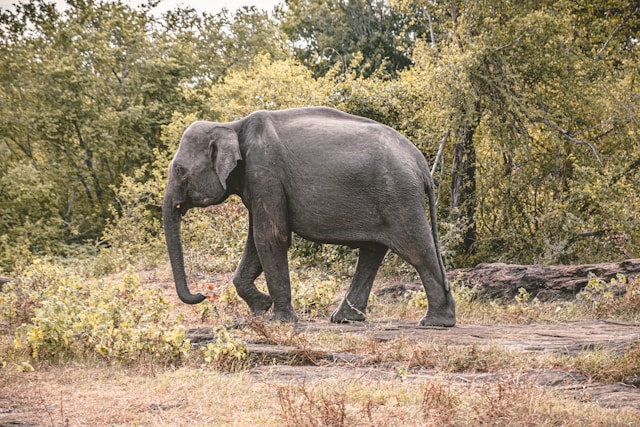
The Modern Sanctuary: Why They Matter So Much Now
The benefits of wildlife sanctuaries in this new age of ecological preservation are becoming super clear. They offer some unique advantages:
- Research Hotspots: Sanctuaries are like perfect labs for studying animal behavior, health, and genetics in a controlled way. This gives us insights that are crucial for wider wildlife conservation.
- Rescue and Rehab: They’re often the first responders in wildlife rehabilitation, caring for animals hurt by human activities or left homeless by environmental disasters.
- Genetic Safety Nets: Like we mentioned, they act as vital backups for species whose numbers are crashing in the wild.
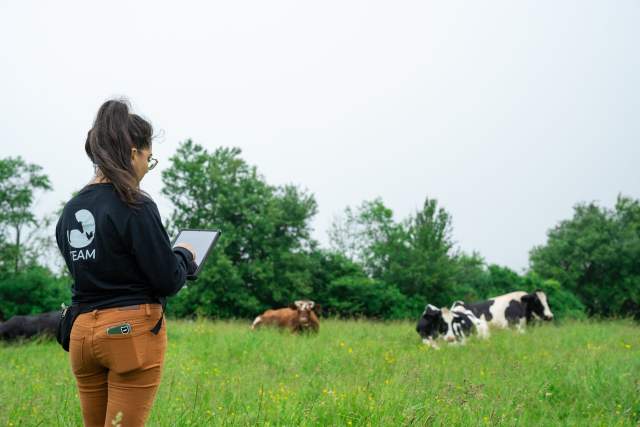
The advancements in animal care practices at sanctuaries for biodiversity are truly mind-blowing. We’re talking top-notch veterinary care, special diets, really complex setups to encourage natural behaviors, and ways to monitor animals without disturbing them. All this ensures the animals get the best possible care, which, honestly, goes hand-in-hand with successful conservation. Plus, many are leading the way with sustainable practices in wildlife sanctuaries for better biodiversity. They’re using renewable energy, being smart about water, cutting down waste – basically setting a great example for ecological sustainability.
The Power of Teamwork and Community
You know, no sanctuary can do it all alone. Collaborative efforts between animal sanctuaries and environmental organizations, government agencies, and researchers are absolutely essential. Sharing info, expertise, and resources seriously ramps up their impact. Just imagine joint breeding programs, coordinated plans for releasing animals back into the wild, or teaming up to push for better habitat conservation policies.
And just as vital is community involvement in animal sanctuaries for biodiversity conservation. Local communities can be incredibly powerful allies! Getting them involved through jobs, volunteer gigs, and educational outreach helps build a sense of shared ownership and responsibility. When local people see the real value – both ecological and economic – of the sanctuary and the animals living there, conservation becomes something everyone works towards. Hey, have you ever volunteered at a local sanctuary? It’s an awesome way to help out directly!
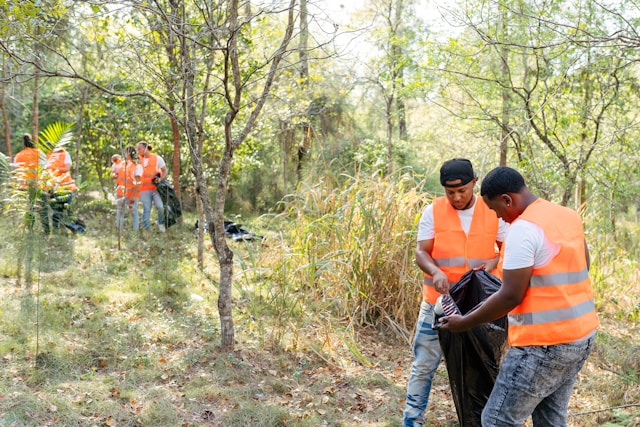
biodiversity Education Makes a Huge Difference
Educational programs at animal sanctuaries promoting biodiversity awareness might just be one of their most powerful tools. Honestly, seeing animals up close (responsibly, of course!) and hearing their individual stories creates this deep emotional connection. It fosters empathy and understanding in a way that no textbook or documentary really can. Visitors learn about the threats species face, why stuff like ecosystem services matter, and what they personally can do to help. That awareness is so critical for sparking bigger changes in society and getting more support for conservation efforts. It really hits differently, right?

Tech Innovations in Saving Species
Oh, and guess what? Technological innovations in wildlife sanctuaries for species survival are also shaking things up in a good way! Like, they’re using:
- GPS tracking to keep tabs on animals released back into the wild.
- Drones for mapping habitats and helping with anti-poaching patrols.
- Fancy genetic analysis to manage breeding programs effectively.
- Sophisticated camera traps to study animal behavior without bugging them.

These tools make things more efficient, improve animal welfare, and give us tons of valuable data for wildlife conservation strategies. Pretty cool how tech helps out, huh?
The Hurdles Sanctuaries Jump Over
Okay, let’s be real for a sec. Despite all their successes, it’s important to acknowledge the challenges faced by animal sanctuaries in preserving biodiversity.
- Funding: Getting consistent funding for animal sanctuaries and its impact on biodiversity is probably the biggest struggle. I mean, providing top-quality care, keeping up large habitats, paying for research, and running education programs costs a ton of money. Most rely heavily on donations and grants.
- Space Issues: Sanctuaries only have so much space, right? That can limit how many animals they can help or how much habitat restoration they can tackle.
- Ethical Questions: Making sure it’s a true sanctuary – always putting animal welfare first, not just public display – takes constant effort and real ethical commitment.
- Human Encroachment: Yep, even sanctuaries can feel the squeeze from nearby development or people wanting to use local resources.
Overcoming these hurdles takes non-stop effort, fresh ideas, and solid public support. It takes a lot to keep things running smoothly.
Long-Term Impacts and Real-World Examples
So, what are the long-term effects of animal sanctuaries on local ecosystems? Well, while really comprehensive long-term studies are still happening, the early signs are definitely promising. Case studies on biodiversity preservation by animal sanctuaries often show that local native wildlife increases, habitat quality gets better, and the whole ecosystem becomes more resilient. When reintroductions from sanctuary programs work out, they directly boost wild populations and genetic diversity. Basically, they serve as living laboratories, showing us effective habitat conservation and species management techniques that we can hopefully use elsewhere.
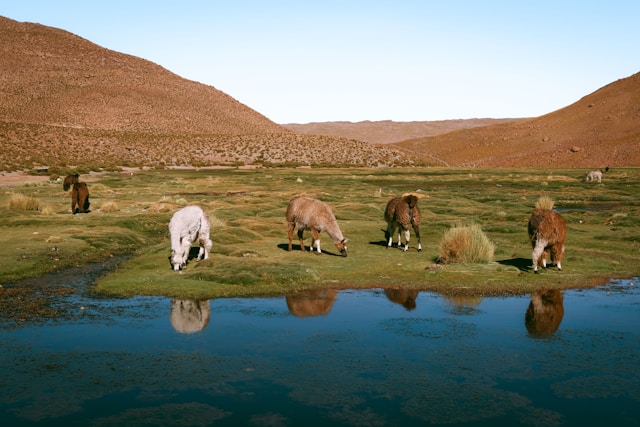
Be Part of the Solution!
Look, animal sanctuaries are so much more than just safe places for animals; they’re like dynamic engines driving biodiversity preservation in countless ways. From directly protecting species and doing habitat restoration to carrying out groundbreaking research, educating folks, and getting communities involved, their contribution to ecological balance and wildlife conservation is huge, and it’s only growing.
Sure, they face challenges, but their successes give us some serious hope. They show us that with enough dedication, innovation, and teamwork, we can actually make a difference for endangered wildlife and the health of our planet.
So yeah, the next time you hear about an animal sanctuary, remember all the mind-blowing work happening behind the scenes. Maybe think about supporting one, volunteering if you can, or even just spreading the word. What small step could you take today to back these vital biodiversity champions?
